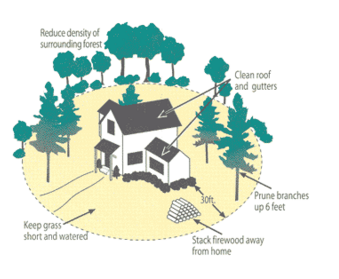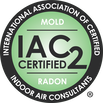Mike's Home Inspector BlogMichael Burfitt |
|
December marks the onset of yet another festive season! As we immerse ourselves in buying gifts, planning holiday gatherings, and cherishing time with loved ones, we also find ourselves in a quieter phase for home inspections – giving us ample opportunity to get into the holiday spirit! In the essence of a beloved Christmas carol, here's the first part of my '12 Days of Christmas' list, tailored for home inspectors: A Partridge in a Safe Tree Ah, the delightful aroma of a Christmas tree: one of my favourite smells of the Holidays! While the scent evokes fond memories, it's essential to ensure safety. Dry trees pose major fire risks, as tragically witnessed in recent incidents in Nova Scotia. Regularly watering the tree is crucial, alongside using indoor-rated lights (modern LEDs are generally versatile for indoor and outdoor use due to their efficiency). Extra caution is needed when young children or pets are around. Two Turtle Doves Nesting The warmth of a fireplace on Christmas morning is unmatched, reminiscent of childhood joy. However, proper control is vital. Scheduling an annual inspection by a qualified technician for both chimney and fireplace is imperative. A cracked firebox, as seen in a recent inspection, can be a significant hazard leading to potential fires. Creosote buildup remains a serious concern and a leading cause of house fires. Compliance with insurance guidelines regarding fireplace use is also essential. Three French Hens’ HVAC Checks Modern HVAC systems offer reliability and comfort but aren't maintenance-free. Regularly changing furnace filters, cleaning HRV/ERV units and bath fans biannually, and ensuring thorough yearly cleaning of dryer vents is crucial. Lint accumulation from clothes is highly flammable, posing fire risks. Beyond functionality checks, inspections identify potential issues that could escalate in the future. Four Calling Birds' Roof Inspection
Roof integrity often determines whether leaks are present or imminent. Late winter/early spring brings a surge in calls about roof leaks. Residential roofs, contrary to common belief, aren't waterproof; they're designed to efficiently shed water. Melting snow, however, poses challenges. Small leaks can persist undetected for months, so regularly peeking into the attic and promptly calling for repairs or replacement when roof shingles blow off is crucial. Stay tuned for part two next week, featuring additional essential home inspection tips! In my younger years, one of my favorite hobbies was playing hockey 3-4 nights a week. While I still occasionally strap on the skates as a forward, for 13 years I was a full-time goalie and played all over the Halifax area. I remember once hearing a hockey play by play announcer say, “If you think (Goaltending) is easy, go ahead and try it” and I could not agree more. On the surface, it looks pretty simple: put your body in front of a puck. However, there’s a LOT more to it than that! Probably the most important skill for a goaltender outside of mental toughness is the ability to read and react to plays and always being situationally aware of where players on both teams are, even if they are nowhere near the puck. At this point, you’re probably asking what on Earth does this have to do with home inspections? While admittedly this is not something generally covered in a standard home inspection, one of the most important aspects of buying home is being aware of its surrounding location. The recent wildfires in the Upper Tantallon and Hammonds Plains areas have alerted a lot of homeowners to dangers they might not have thought about before. I am certain most of the homes that were a complete loss were structurally sound, well cared for and it would have been easy to inspect many of them. However, none of that mattered: despite the best efforts of our firefighters there’s simply no way to stop a wildfire raging out of control. The lesson to be taken from this tragedy is the importance of proper wildfire mitigation: while a homeowner can't install fire hydrants or build evacuation routes, they can make what's known as a defensible space around their home. While a house in the forest is no doubt picturesque, by removing trees and branches within 6 feet of a home you can greatly reduce the opportunity for fire to jump from a tree to the structure. This has the added bonus of protecting a home's foundation from damage due to tree roots or clogged rain gutters. Other things that a homeowner can do are shown below:
Another important thing to remember about homes is that water is the #1 enemy of homes. While a home by the water is beautiful on a clear summer day, it definitely isn't when rivers are overflowing! Be cautious when looking at homes located near rivers, in areas on floodplains or homes constructed at the bottom of hills or slopes. The Government of Nova Scotia (or your local government) publishes information on 20 and 100 year flood zones and you want to avoid building in either location as much as possible.
Being a home inspector is a rewarding career, but it comes with the responsibility of offering words of caution about dangers that may not be immediately obvious to otherwise excited new homeowners. 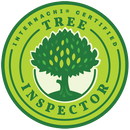 Guest Blog Post by Jeff Weickert Trees are a part of nature and in most cases, part of the landscape around homes. Although there are many positive reasons to have trees in your yard, they unfortunately can have negative effects on the building. Here are a few examples of what to watch out for when buying or building a home. Foundation Damage Tree roots are always growing, expanding in the search for nutrients and moisture. Some trees put out a root system three times the height of the tree. When the roots hit a solid barrier such as a foundation, they begin to grow laterally against the solid object. Although the fine roots may find their way into small cracks, the real damage is caused if you have loose soil against your foundation. Tree roots will expand and contract during times of moisture and drought which compromises the integrity of the soil which can cause foundation settling especially in older homes. When concrete settles it is more likely to shift and crack. If you have mature trees you may want to consult a professional to determine if any are of a species that has aggressive root growth such as silver maple, willow or elm. Rather than remove a tree, a root barrier can be installed to alleviate concerns of root interference. Septic System Damage Tree roots are a common cause of septic system damage such as line clogs and backups. In order to gauge the potential for root interference in the septic field, you will have to know where all parts of the system are as well as identify any trees or bushes in the area that could be causing damage. Tree roots are designed to seek out water and leaky pipes are vulnerable to root penetration. The depth of the septic system is also a factor, the deeper the system is buried the less likely you have to worry. Once again, a root barrier can be installed to prevent damage. Roof Damage Leaves and branches pose their own threat to the building from the above ground portion of the tree. Low hanging branches can strip shingles in bad weather leaving your roofing exposed to further damage as well as potential leakage. Heavy branches can break off in a storm and do damage to gutters or the roof itself. Shade provides the ideal condition for moss growth. Moss causes shingles to loosen and break, again compromising the roofs waterproof status. Leaves will accumulate in gutters which eventually overflow. Water flowing down the building’s surfaces will cause damage to wood surfaces (i.e. fascia board) and can potentially find access into the exterior walls. Large, old trees can be a direct hazard to the roof by means of large limb drop and a complete fall of an unhealthy tree which can do enormous damage to a home. The best way to avoid these and other issues is to have your home and grounds inspected by professionals who know exactly what to look for. It will save you time and money in the long run. |
Archives
July 2024
Categories
All
|
|
Inside Edge Home Inspections Ltd.
Halifax, NS 902-209-9921 [email protected] Proudly Serving the HRM & Central Nova Scotia |

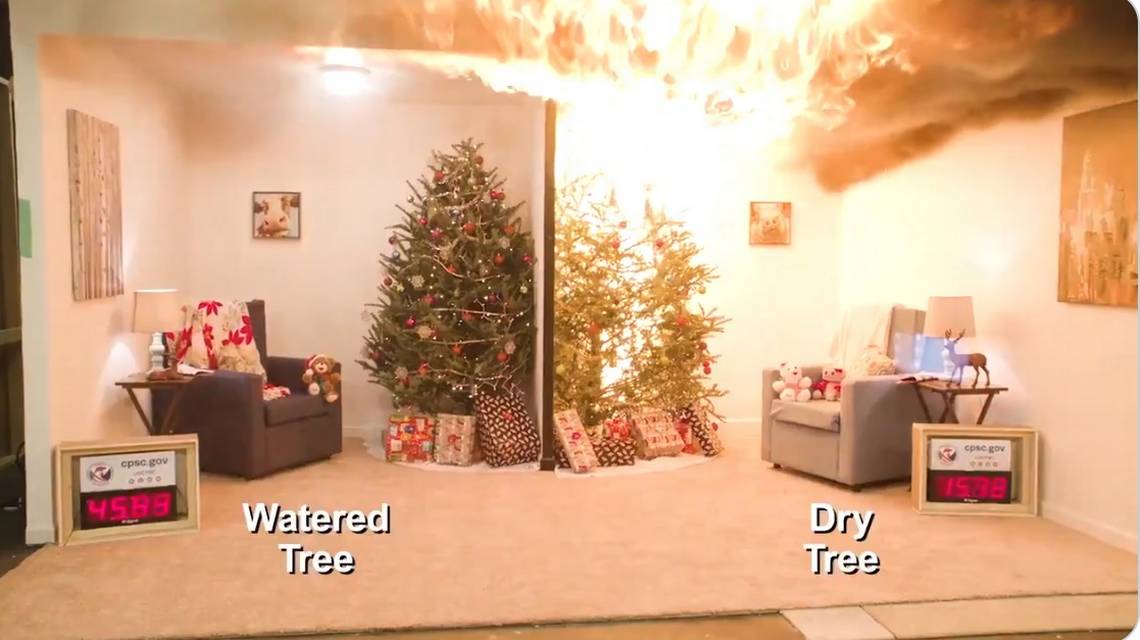
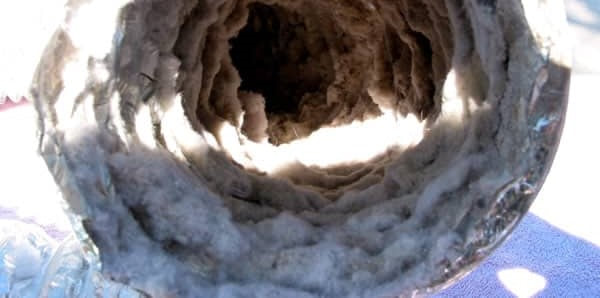
 RSS Feed
RSS Feed 
